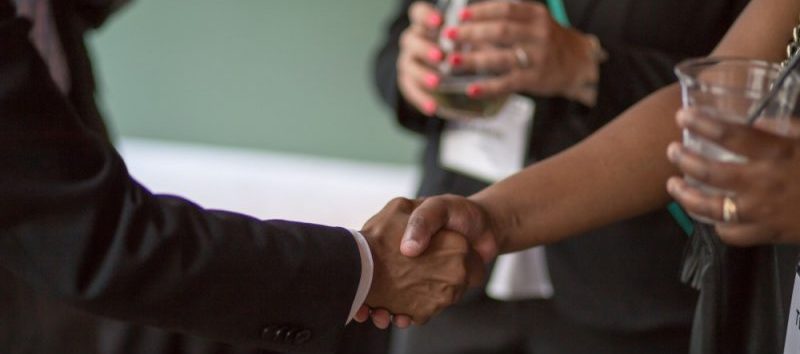Complying with diversity and inclusion measures goes beyond merely acknowledging the importance of such initiatives; it involves each individual understanding unconscious bias and working to address it.
Many human resource departments within agencies devote significant amounts of time and attention to compliance. This may be because diversity and inclusion touch every part of federal service. It starts with how people get into positions in the public sector and continues to how they’re trained for success in the workplace.
People have a lot of required training around this in agencies. However, even though people may think that they understand what diversity and inclusion are, conversations are still crucial because of the broad scope and applicability of the issues.
For example, diversity and inclusion can be seen through the lens of return-on-investment (ROI). According to Traci DiMartini, Chief Human Capital Officer (CHCO) at the United States Peace Corps, the main question is: How can we drive the numbers to make sure we’re getting more volunteers each year?
The costs of failing to comply with standards of diversity and inclusion are steep. People who perceive that there is a certain bias towards them within the workplace are five times more likely to be alienated at work and three times more disengaged at work. According to a Gallup estimate, disengagement costs U.S. companies between $450 and $550 billion each year.
Additionally, the culture within an agency can be defined by the way diversity measures are viewed. “It’s important to understand what’s going to define your culture so you can grab the talent you need,” DiMartini said at a GovLoop online training, “Workforce Compliance Reimagined: How Diversity and Inclusion Can Transform Gov”.
There are tangible effects within organizations that meet or far exceed compliance standards. Organizations and teams that have more women in leadership positions have 39 percent higher customer satisfaction scores, 22 percent less turnover, 27 percent higher profitability and 22 percent more productivity.
The social impact of women in the workforce is felt throughout disciplines. “Women get asked deeper, more difficult questions and they continually have to prove themselves at their job,” Steve Dobberowsky, Principal Consultant for Talent Thought Leadership at Cornerstone said. DiMartini added that women are often asked if they need to pick up their children or perform other tasks that men would not be asked to answer or do.
For women in leadership roles, there’s a conscious or subconscious bias that they should be a little softer, according to DiMartini. She has personally experienced this: when she moved on from a workplace, a male successor said similar things to what she had but was received far more favorably than her.
“I think that whether people want to believe it or not, we do operate on ingrained stereotypes, and we have to do a good job of weeding them out,” DiMartini said. “We also don’t have enough female role models in the federal sector to train women how to be good leaders.”
When we have females as leaders, there are usually women reporting to women — 51.20 percent of female employees report to women, compared with 21.50 percent of male employees. Women in critical roles could make gender balance more equal in organizations.
When we talk about diversity and compliance through the lens of training, we often deliver abstract, academic content that often comes across as preachy, Dobberowsky pointed out. What happens, in that case, is that the message is not received. “If our goal is to promote a culture of respect and compliance, we have to look at modern compliance standards,” Dobberowsky said.
Those standards include acknowledging and managing unconscious biases and blind spots. This unconscious bias is that you gravitate toward people who are most like you. The issue that you can change is whether your bias is conscious or unconscious and proactively seeking out solutions. “Instead of treating people the way you want to be treated, you have to treat people the way they want to be treated,” Dobberowsky said.
“We all don’t have to like or believe the same things,” DiMartini said. “The bottom line is treating people with respect.”
For managers, that means not necessarily knowing what person they want to promote. Instead of pushing one person forward, managers have to give everyone on their team equal opportunity to rise or fall.
Managers are also required to intervene in situations where employees are treated unfairly or have cause to feel uncomfortable. They should also ideally empower employees by giving them the resources and authority to leverage their ideas. Managers should look for opportunities to break down organizational silos and create opportunities for problem-solving and collaboration.
How are you promoting diversity and inclusion in your workplace? Let us know in the comments below.






Gender diversity in the office and beyond is so important — the world will only get better as more women get into positions of power.